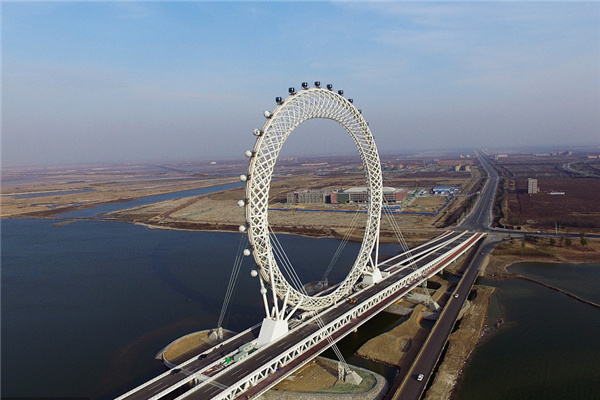

Sugar has beaten the odds to climb nearly one-third this year in spite of vast supplies, as investment funds pour money into a thus-far neglected part of the commodities complex, which has come into vogue as a hedge against inflation.
In the doldrums a year ago when world over-production collapsed prices to less than the cost of production in some places, sugar is back on a winning roll as surpluses shrink and hedge funds buy into an undervalued market.
Comparatively cheap sugar may have been a late-starter in the global commodities boom that started at the beginning of 2007, but it has been among the strongest of commodities in 2008, outpaced only by soaring platinum.
|
A family harvests sugarcane in Ayutthaya province, Thailand. Bloomberg News |
May white sugar futures on the Intercontinental Exchange rose to an 18-month peak of 14 US cents a pound on Thursday, up 30 percent this year and over 40 percent since December, surpassing a Reuters poll forecast for a decidedly more modest gain of around 16 percent to the end of the year.
By contrast, gold and wheat, which have both hit recent record highs, are up 14 and 17 percent this year.
As investors pull away from shaky equity and treasury markets over fears that the US economy may tip into recession, soft commodities less exposed to broad economic welfare like cocoa and sugar look increasingly like a good bet.
"The key is that sugar has been such an under-performer in that soft complex. When you look at values in the grains complex, and also cotton, sugar has been lagging behind," Greg Noonan, financial risk manager at National Australia Bank, says.
Sterling Smith, vice president with FuturesOne in Chicago, agreed.
"Judging by the amount of fund money sitting on the sidelines right now, seeing further money come in should not surprise anyone. I think we are well under where we are going to go," he says.
"Taking a look at where we came from, there is plenty of upside. I'm looking for us to be trading at around 16.50 cents by July, if the crude oil market stays well supported. If we see crude chase up to $110, you probably can amend those numbers a little higher."
Bumpy ride
While some commodities have risen from peak to peak, sugar has had a bumpy ride. Prices of "raws" collapsed from a 20-year high of 19 cents a pound in early 2006 to around 9 cents in mid-2007, burdened by over-production, especially in India.
Sugar's revival is thanks in part to wheat, the pacemaker in commodity markets with prices doubling to all-time highs.
But unlike wheat, whose rally is backed by decades-low stocks, poor crops and rapidly rising demand, sugar's price rise has been against all the odds - a massive supply surplus of over 9 million tons overhangs the market this year.
Instead, say traders, it's been a case of financial funds fleeing other assets to seek higher returns, especially with the specter of inflation growing more real.
"A lot of the funds' analysis suggests that this thing called ag-flation is here for a while," Garry Booth of leading commodities broker MF Global says.
Sugar still has some catching up to do with the really big boomers. The sweetener's 40 percent price rise since early December 2007 compares with a 113 percent rise by wheat since its big bull run started in April 2007 and a 93 percent surge in the price of oil since January 2007.
Lex Hoogduin, global chief economist of asset manager Robeco, told an investment conference in London last week that slower world growth would cause only a temporary hiccup in food prices.
India will produce another bumper raw sugar crop this year of around 30 tons, roughly steady with last year, although early estimates have been revised down.
Sugar brokerage and analyst Kingsman recently forecast that Indian output would fall to 25 million tons in 2008/09 from 29.8 million the year before. This would contribute to a shrinking world sugar surplus of 1 million tons in 2008/09, down from 9.4 million in 2007/08.
Indian export sales from 20 million tons of sugar piled in sheds across the country have also been slower than first feared by the world trade, when export bans were lifted in January 2007. The country still has over $5 billion worth of unsold sugar.
Meanwhile, demand in Asia is growing by 2 percent, or by 3 million tons a year.
In Australia's tropical northeast, where sugar cane grown along a 2,000-kilometer coastal strip produces the third largest exports in the world, growers this week battled floods in a buoyant mood.
"I think we're looking at a better market in 2008 than we would have expected a little while ago," says Ian Ballantyne, general manager of Australian representative body Canegrowers. "And 2009 looks stronger again."
Agencies
(China Daily 03/03/2008 page11)













